 Steve Hahn in Boston Review:
Steve Hahn in Boston Review:
The Age of Revolution (1770–1850), bookended by the American and French Revolutions on the one side and the Revolutions of 1848 on the other, is widely viewed as the progenitor of the modern Euro-Atlantic world. Its intellectual energy fused the liberal and republican ideas of John Locke with the ideals of the eighteenth-century Enlightenment; its political energy fed off the struggles between the bourgeois and their aristocratic enemies. Although visionary hopes could meet crushing defeats—as they did during the popular risings of 1848—by the end, there were new parliamentary regimes, emerging nation-states, declarations of rights, and the eruption of an industrial age.
And yet, this classic narrative leaves out the most radical of the revolutions that exploded neither in continental Europe nor in North or South America, but in the Caribbean, on the island the French called Saint-Domingue and the victorious rebels would call Haiti (Ayiti), after its indigenous name.
Until recently, the Haitian Revolution and other Caribbean slave rebellions have been treated as sidebars to the Age of Revolution. In part this is because of a Eurocentrism that has long diminished the role of Black people in shaping history. But equally important, enslaved people didn’t fit an accepted image of political actors, and thus it was difficult for historians to see them standing alongside the signers of the Declaration of Independence in America, the Jacobins in France, the Bolivareans in Gran Colombia, the Mazzinians in Italy, or the Chartists in England: envisioning, allying, struggling, surmounting.
More here.

 Dilip Hiro in The Nation:
Dilip Hiro in The Nation: Philip Roth
Philip Roth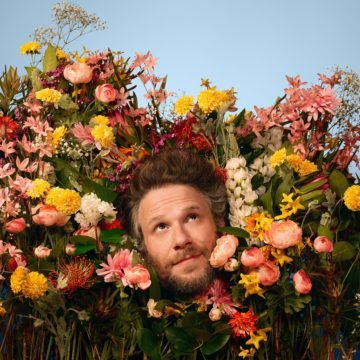 Seth Rogen’s home sits on several wooded acres in the hills above Los Angeles, under a canopy of live oak and eucalyptus trees strung with outdoor pendants that light up around dusk, when the frogs on the grounds start croaking. I pulled up at the front gate on a recent afternoon, and Rogen’s voice rumbled through the intercom. “Hellooo!” He met me at the bottom of his driveway, which is long and steep enough that he keeps a golf cart up top “for schlepping big things up the driveway that are too heavy to walk,” he said, adding, as if bashful about coming off like the kind of guy who owns a dedicated driveway golf cart, “It doesn’t get a ton of use.” Rogen wore a beard, chinos, a cardigan from the Japanese brand Needles and Birkenstocks with marled socks — laid-back Canyon chic. He led me to a switchback trail cut into a hillside, which we climbed to a vista point. Below us was Rogen’s office; the house he shares with his wife, Lauren, and their 11-year-old Cavalier King Charles Spaniel, Zelda; and the converted garage where they make pottery. I was one of the first people, it turns out, to see the place. “I haven’t had many people over,” Rogen said, “because we moved in during the pandemic.”
Seth Rogen’s home sits on several wooded acres in the hills above Los Angeles, under a canopy of live oak and eucalyptus trees strung with outdoor pendants that light up around dusk, when the frogs on the grounds start croaking. I pulled up at the front gate on a recent afternoon, and Rogen’s voice rumbled through the intercom. “Hellooo!” He met me at the bottom of his driveway, which is long and steep enough that he keeps a golf cart up top “for schlepping big things up the driveway that are too heavy to walk,” he said, adding, as if bashful about coming off like the kind of guy who owns a dedicated driveway golf cart, “It doesn’t get a ton of use.” Rogen wore a beard, chinos, a cardigan from the Japanese brand Needles and Birkenstocks with marled socks — laid-back Canyon chic. He led me to a switchback trail cut into a hillside, which we climbed to a vista point. Below us was Rogen’s office; the house he shares with his wife, Lauren, and their 11-year-old Cavalier King Charles Spaniel, Zelda; and the converted garage where they make pottery. I was one of the first people, it turns out, to see the place. “I haven’t had many people over,” Rogen said, “because we moved in during the pandemic.”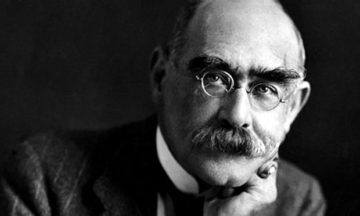 It is always tricky writing about Kipling. By the time of his death in 1936 his jingoism, with its babble about the “white man’s burden” in Africa, made many moderate souls feel queasy. Batchelor is too scrupulous a scholar to ignore what came after the Just So Stories – indeed he points out that within two years of the book’s publication the satirist Max Beerbohm was drawing Kipling as an imperial stooge, the diminutive bugle-blowing cockney lover of a blousy-looking Britannia.
It is always tricky writing about Kipling. By the time of his death in 1936 his jingoism, with its babble about the “white man’s burden” in Africa, made many moderate souls feel queasy. Batchelor is too scrupulous a scholar to ignore what came after the Just So Stories – indeed he points out that within two years of the book’s publication the satirist Max Beerbohm was drawing Kipling as an imperial stooge, the diminutive bugle-blowing cockney lover of a blousy-looking Britannia.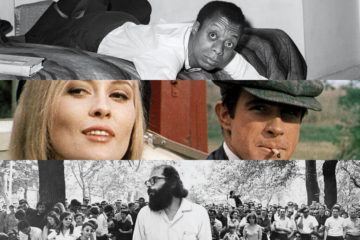 The evenhanded approach of
The evenhanded approach of 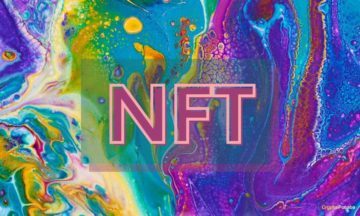 I thought I was so clever. For a few days, anyway.
I thought I was so clever. For a few days, anyway.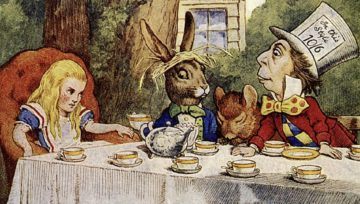 The first numbers that come to mind when thinking about Tim Burton’s Alice in Wonderland might be how much money the movie is raking in at the box office.
The first numbers that come to mind when thinking about Tim Burton’s Alice in Wonderland might be how much money the movie is raking in at the box office. I would like to stage a fight between two different accounts of the current political landscape—what’s been called the “post-truth” era, the infodemic, the end of democracy, or perhaps most accurately, the total shitshow of the now.
I would like to stage a fight between two different accounts of the current political landscape—what’s been called the “post-truth” era, the infodemic, the end of democracy, or perhaps most accurately, the total shitshow of the now. “W
“W “It feels like a grew a new heart.” That’s what my best friend told me the day her daughter was born. Back then, I rolled my eyes at her new-mom corniness. But ten years and three kids of my own later, Emily’s words drift back to me as I ride a crammed elevator up to a laboratory in New York City’s
“It feels like a grew a new heart.” That’s what my best friend told me the day her daughter was born. Back then, I rolled my eyes at her new-mom corniness. But ten years and three kids of my own later, Emily’s words drift back to me as I ride a crammed elevator up to a laboratory in New York City’s 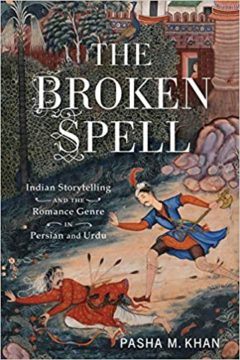 A
A 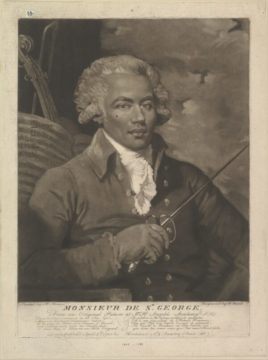 With the vanishing of the name goes the disappearance of the object, the slice of art, the fragment of literature, the portion of music. With the fading of the thing, so the name is gradually effaced from memory, and whatever there was becomes anonymous.
With the vanishing of the name goes the disappearance of the object, the slice of art, the fragment of literature, the portion of music. With the fading of the thing, so the name is gradually effaced from memory, and whatever there was becomes anonymous.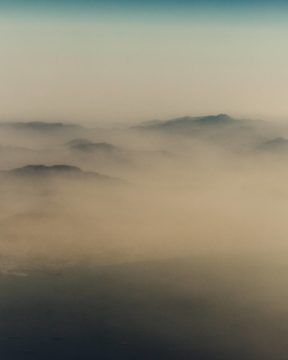
 In his previous essay collection,
In his previous essay collection,